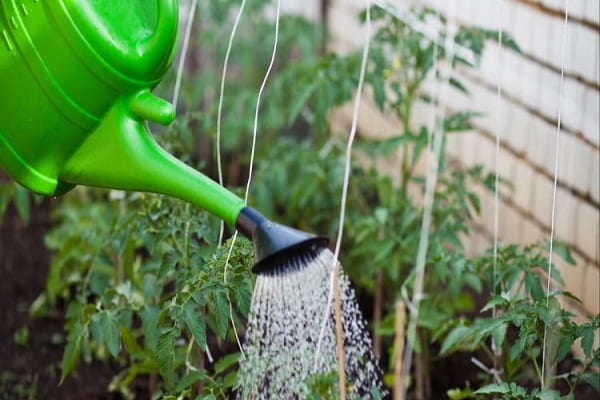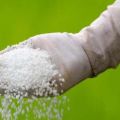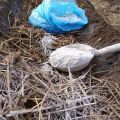What is urea (carbamide), instructions for using fertilizers in the garden
Urea is a fertilizer that many gardeners use when growing various types of vegetables. It should be noted that it has another name - urea. Correct feeding with urea helps to improve the fruiting of plants and stimulates their development. However, before using such a top dressing, you need to familiarize yourself with what urea is and how to use this fertilizer in the garden.
What it is
Carbamide, or urea, is a chemical compound with carbonic acid. Externally, humated urea is similar to ordinary transparent crystals that are odorless. They dissolve easily in ethanol, ammonia and warm water. Urea grade B contains quite a lot of nitrogen and can have a white or yellowish tint.
Currently, urea fertilizer is used in various fields of activity. For example, in the medical industry, carbamide is used to create drugs that are able to remove water from the human body and relieve severe swelling. Also, the substance is often added to various hypnotics.
Sometimes urea is used as a food additive to improve the aroma and taste of products. Quite often it is added to chewing gum and baked goods.
However, urea is most commonly used as a fertilizer. The use of urea in agriculture increases the amount of nitrogen in the soil. This improves the fertility of the soil and increases the yield of vegetables grown. Such nitrogen fertilizer is characterized by increased activity and due to this it is rather quickly absorbed by plants. It is recommended to use it for feeding vegetable crops during the pre-sowing preparation of the site or when the bushes begin to gain green mass. In summer, during the formation of fruits, it is not worth using urea, as this can significantly worsen the yield.
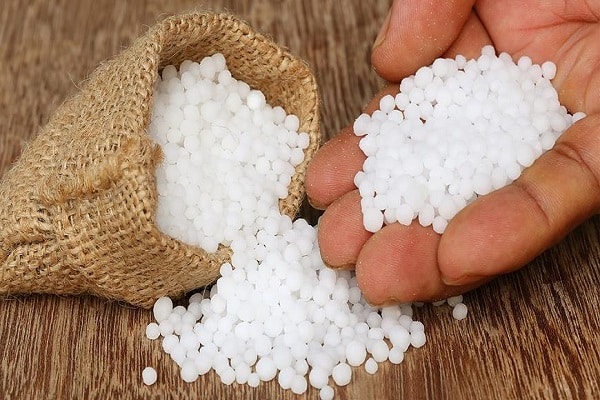
Pros and cons
Granular urea, like any other plant nutrition product, has its advantages and disadvantages. The benefits of urea as a fertilizer include:
- increasing the rate of formation of green mass;
- an increase in the amount of protein in almost all cereals that were fertilized with urea;
- improving the immune system of plants and preventing the appearance of pests;
- lack of a large amount of nitrates even after frequent application of top dressing.
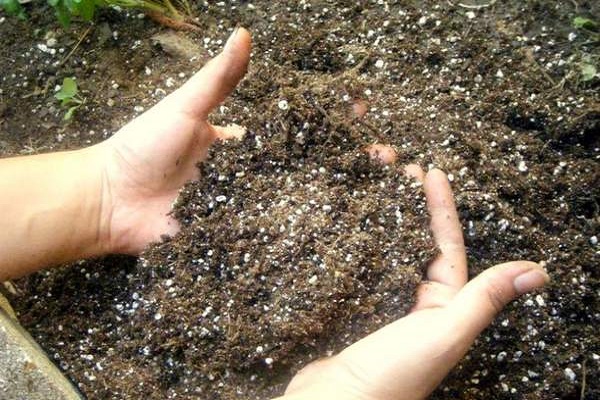
There are few drawbacks to using urea, but you should still be familiar with them before applying fertilizer. The disadvantages include:
- if the dosages are not observed, serious burns may appear on the seedlings, which in the future will lead to the death of the bushes;
- the temperature of the solution is much lower than the air temperature, so it should be used only on warm days;
- urea is not recommended to be combined with other fertilizers.
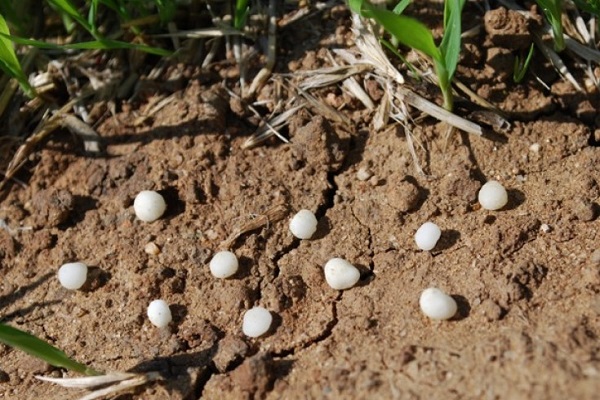
How to dilute urea
Liquid urea solution can be used to feed almost any garden or vegetable garden crop. Before using urea, you need to familiarize yourself with its varieties. There are two main markings:
- Marking "A". This brand is produced to create special feed additives for animals. Sometimes a feed with this name can be granulated to create resin or glue.
- Marking "B". Such urea fertilizer is granulated for feeding plants grown in the garden.
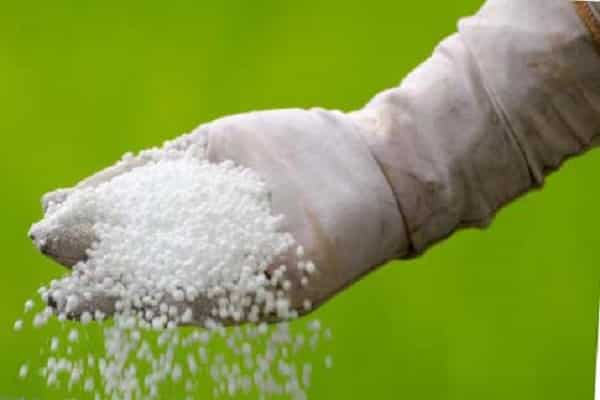
For the cultivation of fertilizing fertilizer, it is the brand "B" that is used, since the marking "A" can negatively affect the quality of the resulting crop. To create high-quality feeding, you should familiarize yourself with the features of the solution preparation. In this case, it is recommended to observe the correct proportions of urea, which depend on the fed plants. For example, foliar feeding of potatoes with urea is carried out using a solution prepared from 50 grams of fertilizer and 10 liters of water.
To properly feed the potatoes, 3-4 liters of the prepared mixture are consumed for each bush.
The optimal dosage of urea when creating a fertilizing mixture for fertilizing shrubs and trees is 30 grams per 10 liters of water. The preparation of such a mixture is carried out in several successive stages. First, all the granules are poured with two liters of cold water and stirred until they are completely dissolved. After diluting the granules, add another 8 liters of liquid to the mixture.
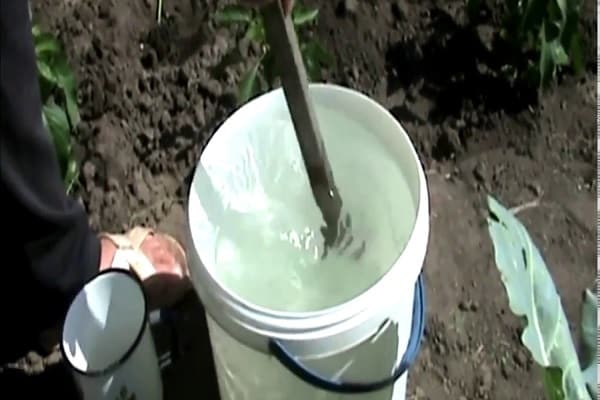
How to apply top dressing
Having familiarized yourself with the features of the preparation of the working solution, you should figure out how you can carry out foliar feeding with urea. Instructions for using this fertilizing mixture will help to improve the yield of vegetables in the future.
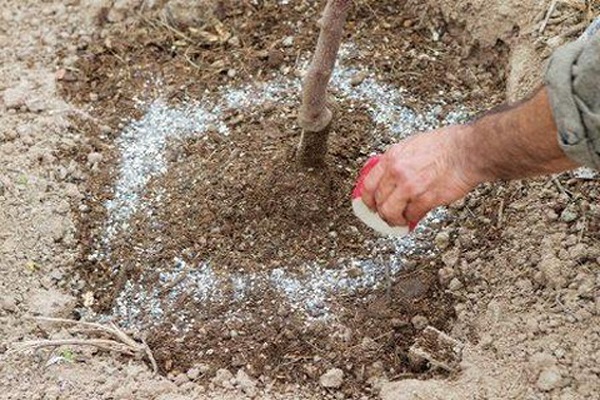
Top dressing
Quite often, potatoes are fed with urea. It is recommended to do this during planting. However, some use this method when growing bushes. To do this, near the potato bushes, urea granules are dug into a depth of about ten centimeters. In this case, the correct dosage must be observed. When adding granules to the soil, it must be remembered that 130 grams of the substance can fit in two-hundred-gram glasses, 15 grams in a matchbox, and only 10 grams in a tablespoon.
If manure or any other organic fertilizer with a large amount of nitrogen was added to the soil before applying urea, the dosage will have to be reduced by half.
The granules need moisture, so almost immediately after adding them to the soil, abundant watering is carried out. Pour at least a liter of water under each bush.
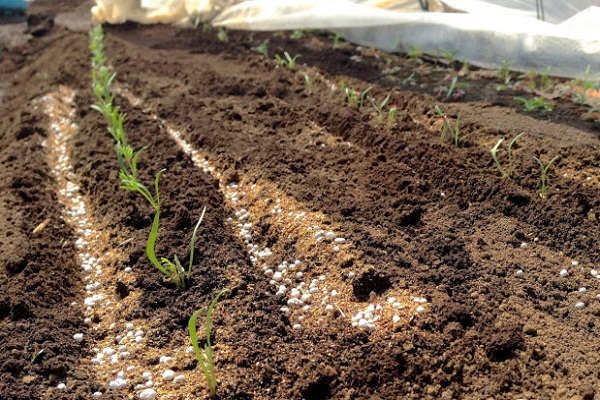
Dry granules are often used during soil preparation for planting vegetables. It is customary to engage in such preparatory work in the fall during digging of the site. In this case, about 150 grams of carbamide will have to be spent per square meter of the garden.
Watering
Urea with the addition of humates belongs to organic fertilizers that can be used to irrigate cultivated vegetable crops. There are various folk recipes for making liquid for watering plants. For shrubs and short trees, a very concentrated solution should be used. Therefore, to prepare a working mixture of 10 liters of water, you will have to add at least 350 grams of the substance.
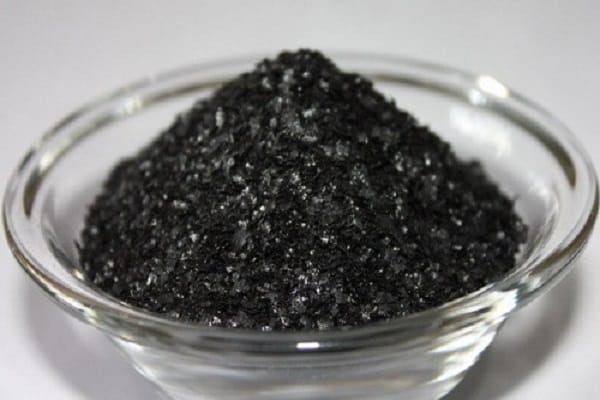
Currants and other berries do not need such a concentrated liquid. In this case, to prepare the mixture, only 40 grams of urea is added to a ten-liter container with water. Vegetable crops need nitrogen fertilizers, so more concentrated mixtures are used for watering them. To create them, you will have to mix 10 liters of water and 200 grams of urea.
However, when applying such a fertilizer as urea in the garden, one must remember that it oxidizes the soil. Before using it, it is recommended to normalize the acidity of the soil and add about 400 grams of chalk to it.

Spraying
Many are interested in whether it is possible to use urea for spraying vegetables. You can spray seedlings with such a solution, and there is nothing wrong with that. Spraying of potatoes and other vegetable crops is carried out in the evening or in the morning, when there is no sun.
To prepare the urea solution, it is recommended to add 30-50 grams of top dressing to five liters of cold water. If no plant has yet been sprayed with mineral solutions, you can make the mixture more concentrated. To do this, 120 grams of urea is added to a ten-liter saucepan. One plant should consume about two liters of liquid.

The prepared mixture can be used not only to stimulate the development of seedlings, but also to protect them. The prepared spray liquid is capable of destroying all pests on the bushes and protecting plants from the most common diseases. It is best to use such a solution against copperweed, weevils and flower beetles.
Before spraying, you must make sure that there will be no heavy rain in the coming days. If in the first two days after spraying there is a downpour, then you will have to deal with the processing of seedlings again, since the urea will be washed off the leaves.

How to replace urea
Many are interested in whether it is possible to replace one fertilizer with another. Since urea contains a large amount of nitrogen, any other nitrogen mixture can be used instead. Sometimes, in the absence of urea, vegetables are fed with calcium, ammonium or potassium nitrate. You can also use diammophos or ammophos.
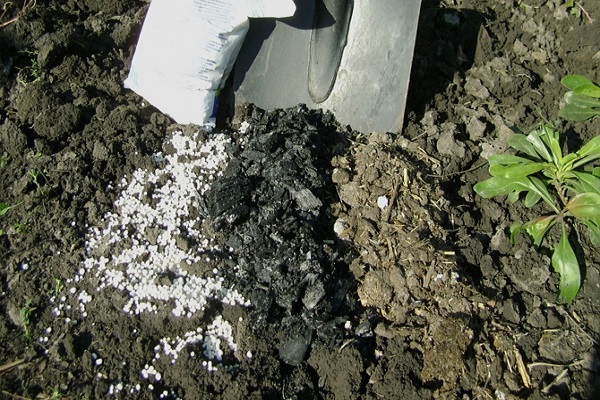
Conclusion
Currently, many gardeners use urea fertilizer. Before using urea, you must familiarize yourself with the features of its use. To do this, you should study in detail the instructions for using the feeding with a detailed description and photo. You can also read reviews of vegetable growers who use urea every year.
